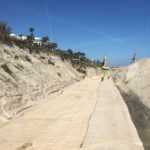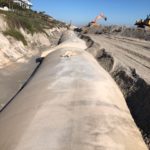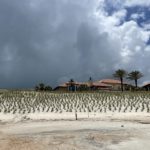Company:
Flint Technical Geosolutions
Project Details
Fabric 1
TITANTube® OS550
Producer/Manufacturer:
OTHER
Primary Use:
Main Fabric
Fabric 2
TITAN ASA OS160
Producer/Manufacturer:
OTHER
Primary Use:
Additional Fabric
Engineer Name 1
Kenneth R. Craig, P.E.
Engineer Company 1
Taylor Engineering, Inc.
Fabrication Company
Flint Technical Geosolutions
Project Manager Name
Phase 1: Kevin Worley, Phase 2: Scott Phillips
Project Manager Company
Phase 1: Worley Shoreline Services, Phase 2: Private Homeowner
Installation Name
J.B. Pellicer
Installation Company
Fish Tec, Inc
Please describe the project specifications
On Oct. 7, 2016, Hurricane Matthew neared Northeast Florida's coastline, causing significant beach erosion, damaging structures across Jacksonville. In September 2017, Hurricane Irma struck Florida twice, making landfall at Cudjoe Key as a Category 4 storm, and on Marco Island as a Category 3. The hurricane weakened significantly and was downgraded to a tropical storm as it rolled across northern Florida and into Georgia on Sept. 11. After being hit by hurricanes for two consecutive years, residents of Ponte Vedra Beach needed to protect their homes until the next beach renourishment was scheduled to occur.
Russell Simpson, spokesperson for The Florida Department of Environmental Protection (FDEP) stated that this area of Ponte Vedra Beach was determined to have “Significant Beach Erosion” from Hurricanes Matthew and Irma qualifying the property owners’ permits for the geotextile tubes under Chapter 62B-56, F.A.C. After the hurricanes, the homes were within the 100-year storm erosion limits based on the modeling studies performed by the DEP. (Kelly, 2020)
What is unique or complex about the project?
In addition to the environmental compliance requirements for the permit to construct the dune core, the project faced constant scrutiny from the community. Of particular concern was the potential impact on sea turtles.
It is known that hard, vertical structures generally cause the reduction of the width of the beach due to scour. This affects both human enjoyment of the coastline, the economy of Florida as well as sea turtle habitat. Florida’s beaches are critically important to several species of sea turtles since 90% of the sea turtle nests in the United States are along Florida’s coastline. There has been a struggle to protect infrastructure and private property while protecting active turtle nesting areas.
In his presentation (2013) Jim Houston outlined the value of Florida beaches for their environmental, economic, esthetic, protective, and recreational benefits. Houston found that in 2012 Florida beaches had significantly more days visited than all national parks and theme parks combined. Beach tourism employs more Floridians than any other industry in the state. Beaches also provide important protection during storms.
Although almost everyone recognizes the value of Florida beaches for all their benefits and that beach restoration is a good investment for the state, it still takes time to obtain the permits and financial resources for beach renourishment. Based on their study of sea turtle nesting activity before and after installation of geotextile tubes on Juno Beach, Hirsch, Kedzuf, & Perrault, (2019) stated that “Neither hatching nor emergence success was significantly different after the installation of the geocore for either species. Our results suggest geocores may minimally affect loggerhead and green turtles and provide a suitable restoration technique for homeowners facing beach erosion.”
In two phases (November-December 2019, and February-March 2021) four chains of geotextile revetments comprised of an anti-scour apron and 3 geotextile tubes along the slope in front of the homes to be protected. Approximately 2300 feet (approximately 700 m) of shoreline within 4 chains were protected with these structures. By Florida law, in order to provide sufficient turtle nesting depth, the owners must maintain three feet (.91 m) of cover sand over the tubes. This cover is to accommodate the turtle nesting depth which is approximately 2 feet (0.6m). If this sand is removed by hurricanes or storms, the financial burden to replace that sand is covered by the project owners. The specifications also called for the planting of dune grasses to help establish the natural habitat.
In late September 2020, the Northeast coast of Florida was hit by a Nor’easter. As is to be expected, this strong storm took some of the sand from the top of the geotextile tubes that were installed in 2019 and off some of the front of the dune. The geotextile tube and anti-scour system performed their intended functions and stopped these coastal forces from damaging the properties they were designed to protect and prevented scour at the toe of geotextile tubes. The homeowners replenished the sand and revegetated the dune after the storm event.
Based on data published by Seaturtle.org, the monitoring area designated as Mikler’s Landing on Ponte Vedra Beach had an average of 84.7 nests per year over the past 10 years. In 2020, the number of nests was virtually the same as this average at 84 nests and in 2021 there are currently 85 nests within the Mickler’s Landing monitoring area with only 58% of the season passed. Based on evaluations completed by Colette Crone, who is specifically tasked with monitoring sea turtle nesting on and in front of this dune with the geotextile tube core, there were 6 nests last year and this year there are 14 nests on and in front of the dunes with the geotextile tube core. Ms. Crone explained that each nest is dug to the depth of the last egg within the clutch. None of the clutches that she has investigated has reached the geotextile tubes indicating that the geotextile tubes are not impairing the nesting behavior of the sea turtles at Ponte Vedra Beach. Based on the turtle nesting data and the protection of the properties, this project provided an excellent solution to owners of homes along a critically eroded area of the beach as the community waits for beach renourishment.
References
Colette J. Crone - B.S. Marine Biology, B.S. Environmental Science, Current Masters Student at Jacksonville University with specializations in Marine Geophysics
Head of Geotextile Tube Project Sea Turtle Monitoring for past 2 years, Permitted sea turtle patroller since 2015
Hirsch, Sarah & Kedzuf, Stephanie & Perrault, Justin. (2019). Impacts of a geotextile container dune core on marine turtle nesting in Juno Beach, Florida, USA: Geocores and marine turtles. Restoration Ecology. 27. 431-439. 10.1111/rec.12878.
Houston, Jim. “The Value of Florida Beaches.” Florida Shore and Beach Preservation Association 2013 Annual Conference Presentations, Florida Shore and Beach Preservation Association (FSBPA), 27 Sept. 2013, 10:55, www.fsbpa.com/13AnnualConfPresentations/HoustonValueofFloridaBeaches.pdf
Kelley, C. (2020, January 15). Ponte Vedra Beach homeowners turn to geotubes to protect properties, but some raise concerns. The St. Augustine Record. https://www.staugustine.com/news/20191227/ponte-vedra-beach-homeowners-turn-to-geotubes-to-protect-properties-but-some-raise-concerns.
Content is submitted by the participant. IFAI is not responsible for the content descriptions of the IAA award winners.
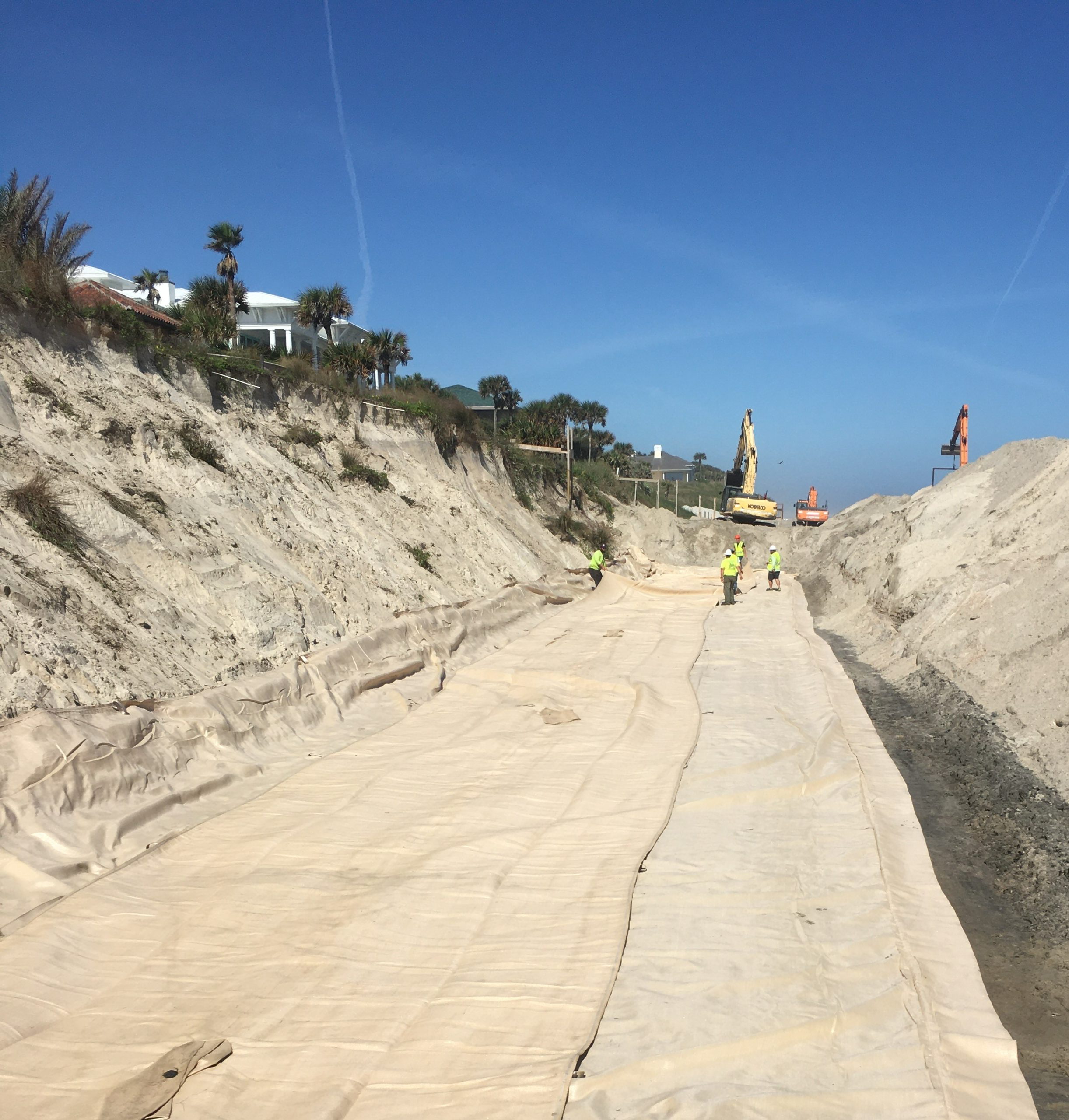
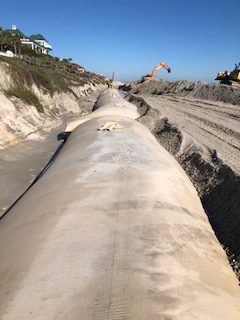
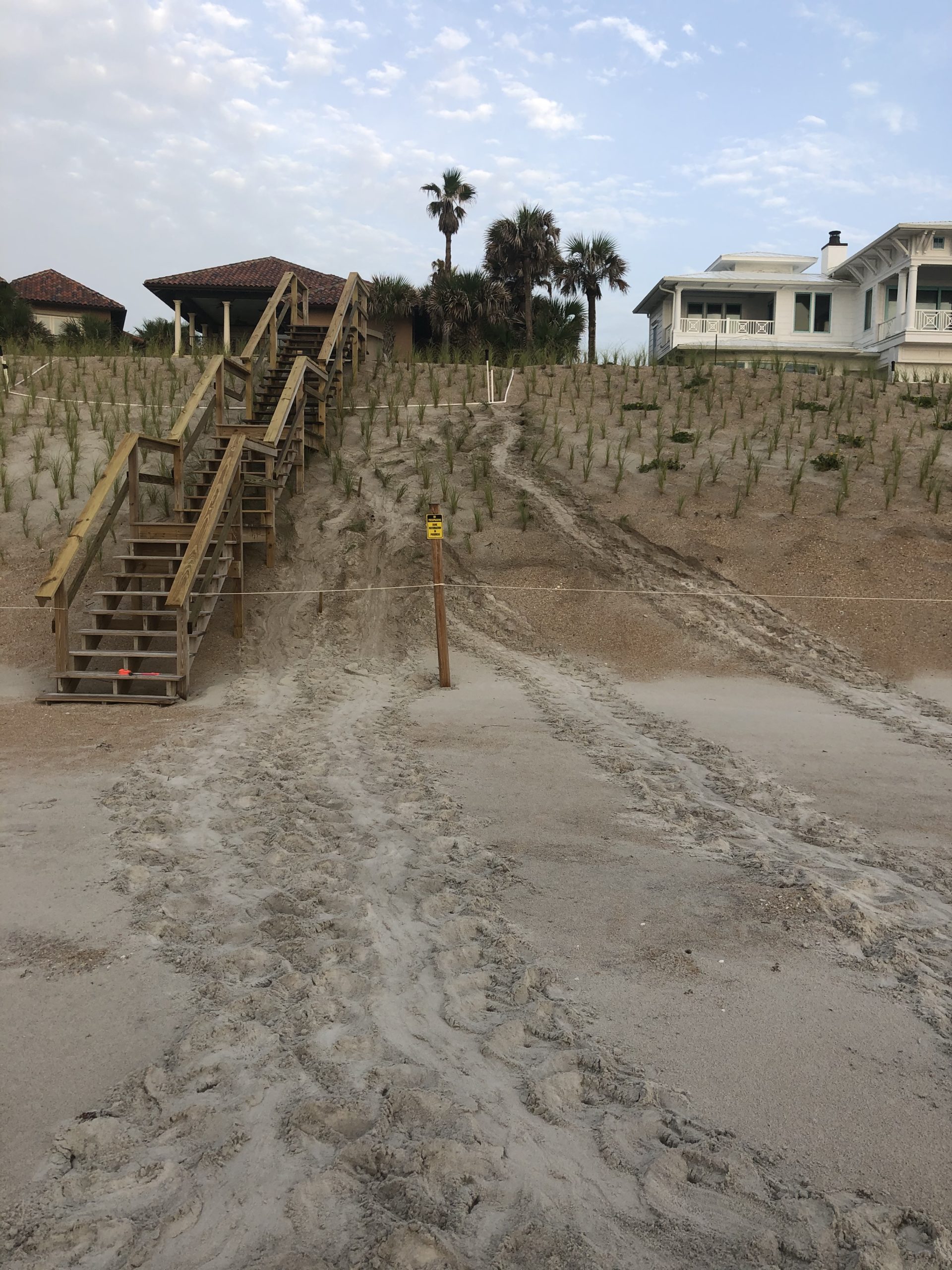
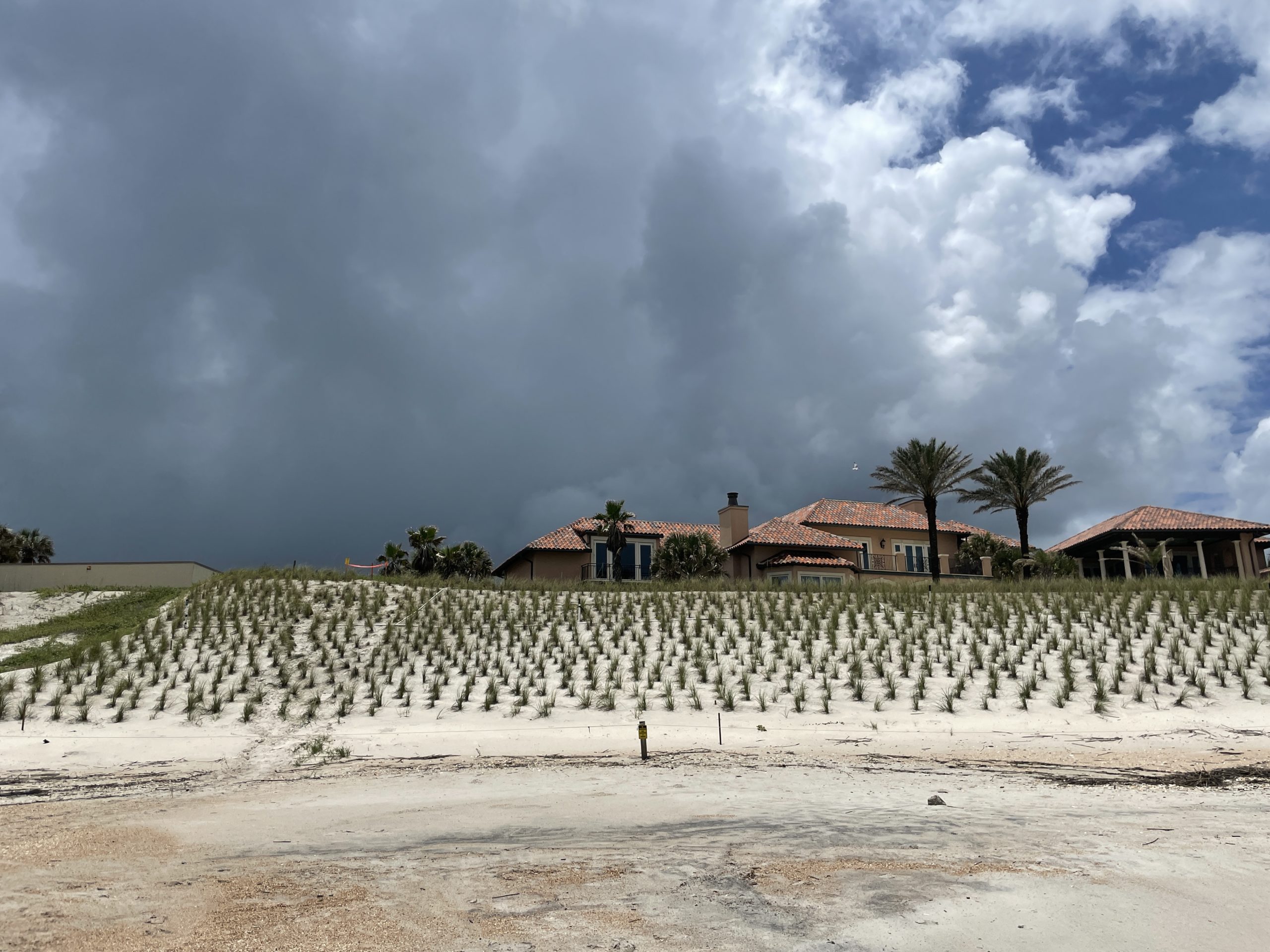
 TEXTILES.ORG
TEXTILES.ORG



